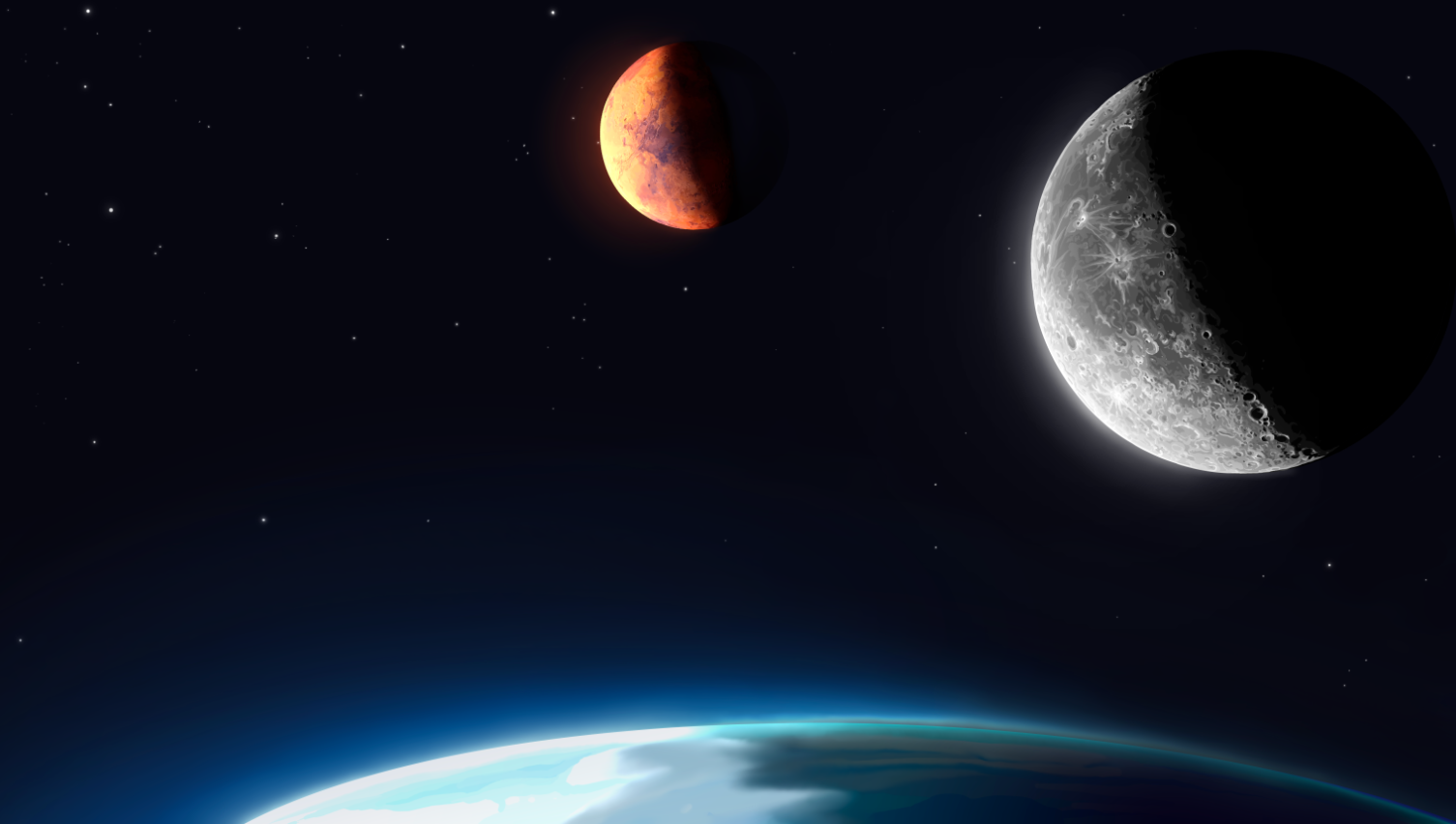NASA is accepting U.S. submissions for the second phase of the agency’s LunaRecycle Challenge, a Moon-focused recycling competition. The challenge aims to develop solutions for recycling common trash materials – like fabrics, plastics, foam, and metals – that could accumulate from activities such as system operations, industrial activities, and building habitats in deep space.
Phase 2 of the LunaRecycle Challenge is divided into two levels: a milestone round and the final round. Submissions for the milestone round are open until January 2026, with finalists from that round announced in February. Up to 20 finalists from the milestone round will compete in the challenge’s in-person prototype demonstrations and final judging, slated for the following August. Cash prizes totaling $2 million are available for successful solutions in both rounds.
“NASA is eager to see how reimagining these materials can be helpful to potential future planetary surface missions,” said Jennifer Edmunson, acting program manager for Centennial Challenges at NASA’s Marshall Space Flight Center in Huntsville, Alabama. “I’m confident focusing on the most critical trash items – and integration of the prototype and digital twin competition tracks – will yield remarkable solutions that could enable a sustainable human presence off-Earth and transform the future of space exploration.”
Estimates indicate a crew of four astronauts could generate more than 2,100 kilograms (4,600 pounds) of single-use waste – including food packaging, plastic films, foam packaging, clothing, and more – within 365 days. Successful solutions in LunaRecycle’s Phase 2 should manage realistic trash volumes while minimizing resource inputs and crew time and operating safely with minimal hazards.
Phase 2 is only open to U.S. individuals and teams. Participants can submit solutions regardless of whether they competed in the earlier Phase 1 competition.
All Phase 2 participants are expected to build a physical prototype. In addition, participants can submit a digital twin of their prototype for additional awards in the milestone and final rounds.
The LunaRecycle Challenge is a NASA Centennial Challenge, part of the Prizes, Challenges and Crowdsourcing Program within NASA’s Space Technology Mission Directorate. LunaRecycle Phase 1 received record-breaking interest from the global innovator community. The challenge received more than 1,200 registrations – more than any competition in the 20-year history of Centennial Challenges – and a panel of 50 judges evaluated nearly 200 submissions. Seventeen teams were selected as Phase 1 winners, representing five countries and nine U.S. states. Winners were announced via livestream on NASA Marshall’s YouTube channel.
LunaRecycle is managed at NASA Marshall with subject matter experts primarily at the center, as well as NASA’s Kennedy Space Center in Florida and NASA’s Ames Research Center in California’s Silicon Valley. NASA, in partnership with The University of Alabama College of Engineering, manages the challenge with coordination from former Centennial Challenge winner AI SpaceFactory and environmental sustainability industry member Veolia.
To learn more about LunaRecycle’s second phase, including registration for upcoming webinars, visit:
https://www.nasa.gov/lunarecycle
-end-
Jasmine Hopkins
NASA Headquarters, Washington
321-432-4624
jasmine.s.hopkins@nasa.gov
Taylor Goodwin
Marshall Space Flight Center, Huntsville, Ala.
256-544-0034
taylor.goodwin@nasa.gov
